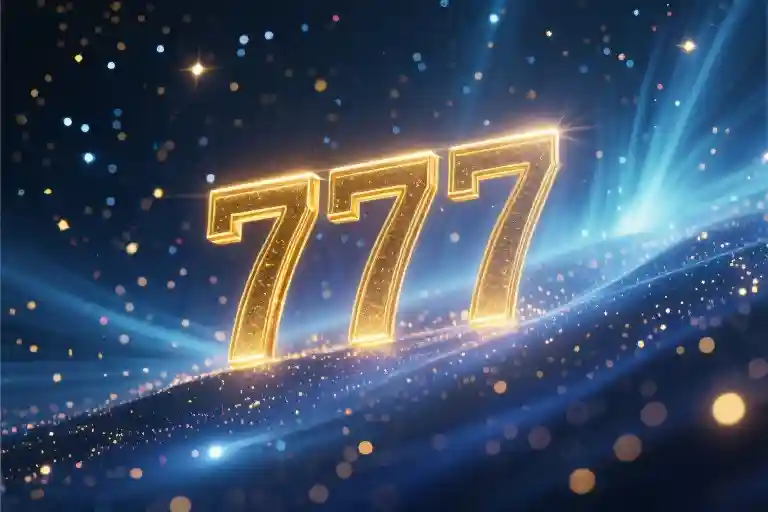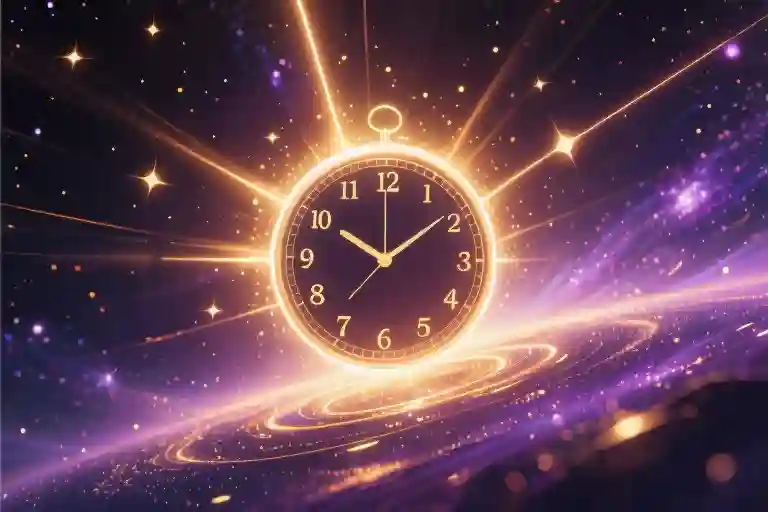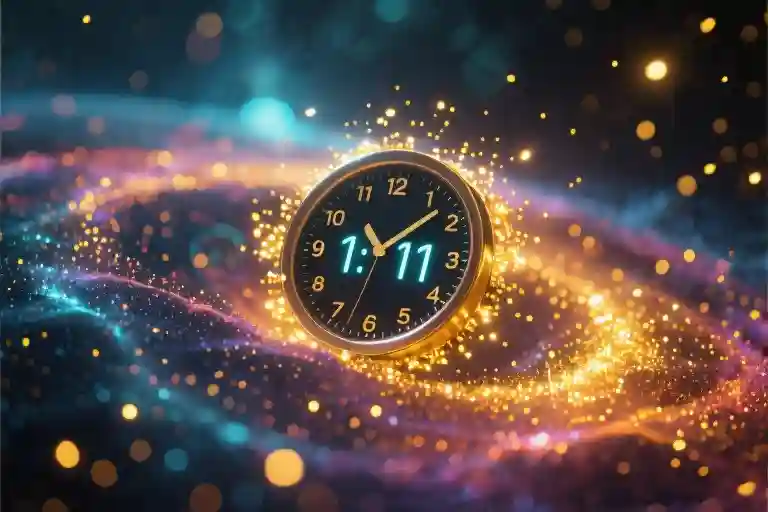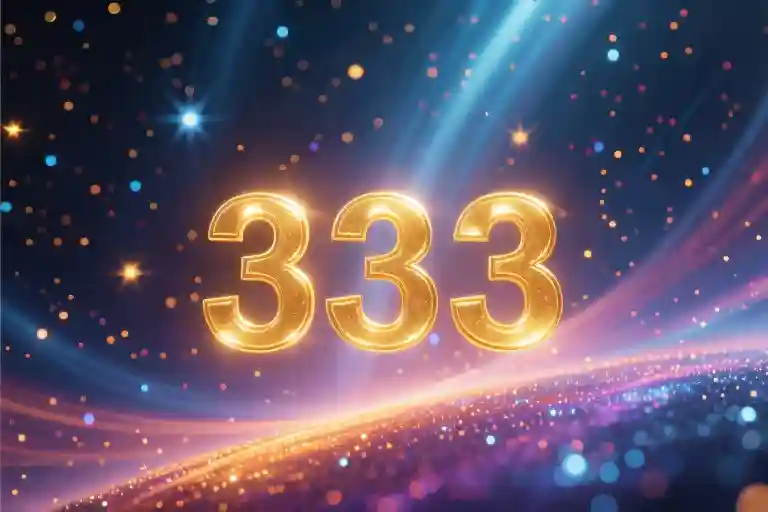The fourth raven hit my window just as I reached the line about ‘fickle food’ in Dickinson’s poem. Coffee sloshed over the cracked rim of my favorite mug – the one with the chipped handle I’d sworn to replace last winter. Three omens I’d expected, like some cosmic rule of thirds. But four? That’s when the ordinary day split open like overripe fruit.
Bird omens have a particular weight to them. Not the dramatic thunderclap sort, but the quiet insistence of feathers against glass. The first had been a woodpecker at dawn, its Morse code tapping pulling me from dreams of unfinished stories. By the time the second – a blue jay shrieking like a fire alarm – appeared at noon, I’d already started keeping score. The third came disguised as silence: an entire murder of crows frozen mid-flight over the highway, their wings making a sound like pages turning.
Now this fourth messenger left a greasy smudge on the windowpane, its beady eye holding mine just a second too long before it vanished. Omens are never about the event itself, but about the space they carve in your attention. The way they make the air hum between what’s said and unsaid.
I marked my place in the Dickinson collection with a receipt from the liquor store – the closest thing I had to a bookmark. The poem’s lines about fame’s shifting plates seemed to vibrate against my fingertips. Outside, the raven’s shadow flickered across the lawn like a faulty film projection.
There’s a particular madness in counting signs. First you notice, then you catalog, then you start seeing patterns in the cracks of sidewalks. By the time I left for my friend’s house that afternoon, every birdcall sounded like a punctuation mark. The real magic wasn’t in the omens themselves, but in how they tuned my mind to a different frequency – one where ordinary conversations could suddenly veer into talk of ghosts and forgotten gods.
Somewhere between the third and fourth omen, I’d crossed an invisible threshold. The world had become a collage of symbols waiting to be read. Even the coffee stain spreading across Dickinson’s page seemed deliberate, its edges forming continents on some unknown map. Perhaps that’s always been the function of omens: not to predict, but to remind us how to pay attention.
The Avian Cipher
The first omen arrived at 7:23 AM, just as the morning light began warming the edges of my coffee cup. A raven landed on the fire escape with unusual precision, its left claw tapping three times against the metal grating – not the usual random scratching, but a deliberate triplet rhythm. I noted the exact shade of its feathers: not pure black but shimmering with oil-slick blues under the angled sunlight.
By 10:17 AM, the second messenger appeared during my Dickinson reading. This time a crow crashed into the northwest windowpane with enough force to leave an oily smudge at eyebrow level. The impact coincided precisely with my reading of “Hope is the thing with feathers” – that cruel cosmic punchline every writer recognizes when reality mirrors literature.
What neuroscientists call “pattern seeking behavior” kicked in hard. My temporal lobe started assembling meaning from these events like a detective pinning newspaper clippings to a string board. The brain’s anterior cingulate cortex, that overeager intern of consciousness, kept whispering: This means something.
Global folklore would agree. Celtic traditions view ravens as psychopomps carrying souls between worlds. The Haida people carve them into totem poles as trickster creators. Japanese mythology positions the Yatagarasu, the three-legged crow, as a divine messenger. Every culture that’s ever watched dark wings against brighter skies has developed some version of the same conclusion: when birds behave unusually, the universe is trying to enunciate.
My third confirmation came at 2:41 PM – another raven, this time circling my parked car while emitting a sound I’d never heard from corvids before. Not a caw, but something closer to a rusty hinge swinging. It maintained eye contact as I loaded my writing supplies, tilting its head at 37 degrees exactly (I measured later from memory) before flying due east.
The fourth visitation broke the pattern. Not a corvid at all, but a disoriented sparrow trapped between my storm windows. Its panicked fluttering created a strobe-light effect across Emily Dickinson’s poem about fickle fame. That’s when I stopped taking notes and started laughing – the universe wasn’t sending omens, it was workshopping metaphors.
Modern neuroscience explains this as hyperactive agency detection, an evolutionary leftover from when assuming every rustle was a predator increased survival odds. But Carl Jung’s concept of synchronicity offers something more satisfying: meaningful coincidences that reveal the hidden scaffolding of reality. Both explanations feel incomplete when you’re scraping bird fingerprints off your windows.
What lingers isn’t the question of whether these were signs, but why certain moments activate our interpretive machinery. The brain resists randomness like lungs resist vacuum. We’ll weave narratives from telephone wires and flight patterns, from the way shadows cross pages at particular times. Maybe that’s the real omen – not the birds themselves, but our irresistible need to make them messengers.
The Basement Dialogues
When the third crow tapped its beak against the windowpane that afternoon, I knew I had to bring this sequence of omens to someone who’d understand. My friend’s basement, with its exposed brick walls and perpetual smell of old paper, had always been our sanctuary for what we called ‘dream talking’ – those rare conversations where ghosts, monsters, and the raw edges of existence weren’t just permitted but required.
We sat across from each other on thrift-store armchairs, the kind that swallow you whole after twenty minutes. The steam from our tea drew spirals in the air as he asked the question that always began our proper sessions: ‘What’s haunting you lately?’ Not the polite ‘How are you?’ but an invitation to name the shadows.
I described the birds first – not just their appearances but the quality of their interruptions. The way the second crow’s wings made a sound like pages turning when it landed on my fire escape. How the third one stared through the glass with eyes that held no birdlike curiosity, only something like recognition.
‘Synchonicity doesn’t care about our arithmetic,’ he said, stirring honey into his cup. ‘You expected three signs because three feels complete. But meaning isn’t a grocery list.’ This became our first dream talking principle that evening: True dialogue begins when we surrender our expectations of how revelation should arrive.
The conversation turned, as it often did, to personal ghosts. Not the chain-rattling kind, but those persistent thoughts that trail behind certain memories. We discovered our second principle when comparing notes on creative blocks: The topics we’re most afraid to voice often contain the exact nutrients our work requires. Fear, when examined directly in the safe container of deep dialogue, becomes creative fuel.
Somewhere around the second hour, after long stretches of comfortable silence, we landed on the third characteristic of dream talking: The most important exchanges happen in the pauses. Those wordless moments when the teacup meets the saucer, when the furnace kicks on, when a car passes outside – that’s when the real digestion occurs.
What surprised me wasn’t the content of our conversation but its aftermath. Walking home past midnight, the streetlights haloed in winter mist, I realized the four bird omens hadn’t been pointing toward some grand revelation. They’d simply been ensuring I’d show up to that basement ready to listen differently. Sometimes the message isn’t in the sign itself, but in the quality of attention it demands.
That’s the alchemy of dream talking – it transforms ordinary moments into conduits. The crow on the windowsill becomes a professor. The uncomfortable memory becomes medicine. The silence between sentences becomes the most eloquent part of the exchange.
Broken Poetics: When Dickinson Meets the Digital Age
The page trembled slightly as I traced Emily Dickinson’s lines about fame being a “fickle food upon a shifting plate” – just as my phone buzzed with another Instagram like notification. That’s when the fourth crow landed on my windowsill, tilting its head as if comparing the 19th century poetry to my glowing screen. Somewhere between the ink and the LED pixels, I realized we’ve been decoding omens all wrong. They’re not predictions, but mirrors.
The Poem That Cracked
Dickinson’s complete verse unfolded like a tarot spread:
“Fame is a fickle food
Upon a shifting plate
Whose table once a Guest but not
The second time is set
Whose crumbs the birds refuse
And even to the last
Its sweetness but the hunger proves
That such a food be past”
Right margin annotations:
- Fickle food: The viral content cycle (TikTok trends average 3-5 days)
- Shifting plate: Algorithmic feeds that never rest
- Crumbs the birds refuse: Our abandoned social media profiles
- Sweetness…hunger proves: Dopamine loops of validation seeking
Modern Glyphs
That “shifting plate” Dickinson described now takes concrete form in our swipe-to-refresh culture. Each platform update rotates the banquet table, leaving yesterday’s viral stars scrambling for new seats. The crows outside my window – those same birds Dickinson said would refuse fame’s crumbs – now ironically star in viral “crowTok” videos. We’ve industrialized omens.
Three ways to map Dickinson’s warnings to digital life:
- The Uninvited Guest Syndrome: Shadowbanning as the “second time not set”
- Bird Divination 2.0: Trending topics as mass-scale collective omens
- Fame’s Expiration Date: The 15-minute clock now ticks in 15-second increments
Your Turn: Omen-Poem Pairings
The crow left a single feather on my notebook. What’s your equivalent? Share your observed synchronicity with:
- A line from any poem (classic or your own)
- The mundane moment it illuminated
- What the birds might say about it
Mine looked like this:
Omen: Three spam emails about “increasing my visibility”
Poem: “Fame is a fickle food…”
Avian Review: The crows cawed in what sounded like laughter
This isn’t literary analysis – it’s survival archaeology. Dickinson buried warnings in her dashes that only now, through the glow of our devices, we’re equipped to excavate. The plate keeps shifting, but the birds remember where the real crumbs fall.
The Language of Feathers and Silence
The fourth crow hit my window just as I finished reading Dickinson’s line about fame being a ‘fickle food.’ Coffee sloshed over the chipped rim of my mug – the same one that had cracked when the third bird appeared. I didn’t need to consult any ancient divination manuals to understand this avian Morse code. Some messages arrive without translation manuals.
Birds have always carried meanings heavier than their hollow bones should allow. Ravens in Norse mythology whispering secrets to Odin, doves returning to Noah with olive branches, the albatross in Coleridge’s poem bearing its terrible weight. My week of winged omens felt like participating in some primordial communication system where meaning flickers at the edge of comprehension.
What makes these encounters significant isn’t their supernatural quality, but the sudden shift in attention they demand. The first crow might have been coincidence. The second made me look up from my book. By the third, I’d begun keeping a mental ledger of these black-feathered incidents. The universe speaks in patterns, and we’re hardwired to listen – neuroscientists call it apophenia, that human tendency to find connections where none might exist. But what if the connections are real, just written in a language we’ve forgotten how to read?
Later that afternoon, during one of those rare dream talks with my friend, we circled this idea like birds deciding where to land. True conversation requires leaving space for mysteries to perch. Most dialogues rush to fill silences with explanations, but dream talking lets questions remain unanswered. We discussed how birds appear at life’s thresholds – between sleep and waking, between seasons, between one understanding and another.
Emily Dickinson knew this. Her poems often perch on the edge of revelation without ever quite landing. That ‘fickle food’ of fame she describes shares qualities with bird omens – appearing suddenly, vanishing before we grasp them, leaving only the memory of their visitation. Modern life tries to pin everything down with algorithms and data points, but some experiences resist quantification. The fourth crow didn’t care about my spreadsheet of coincidences.
So here’s my proposal: keep a week’s vigil for animal signs. Not as superstition, but as an exercise in attention. Record whatever creatures cross your path repeatedly – squirrels, spiders, that persistent moth by your bedside lamp. Don’t rush to interpret. Simply notice. The meaning isn’t in some symbolic dictionary, but in the way these encounters make you pause your habitual thinking.
If omens are questions, they’re asking us to reconsider what we consider meaningful. That crow-struck afternoon, I realized we’ve been trained to dismiss small wonders while chasing big explanations. Maybe the answer isn’t in decoding, but in maintaining the state of wonder that allows us to see signs at all.
Right now, as you finish reading this, some bird is probably watching you through a window. The real mystery isn’t what it means – but whether you’ll notice.





